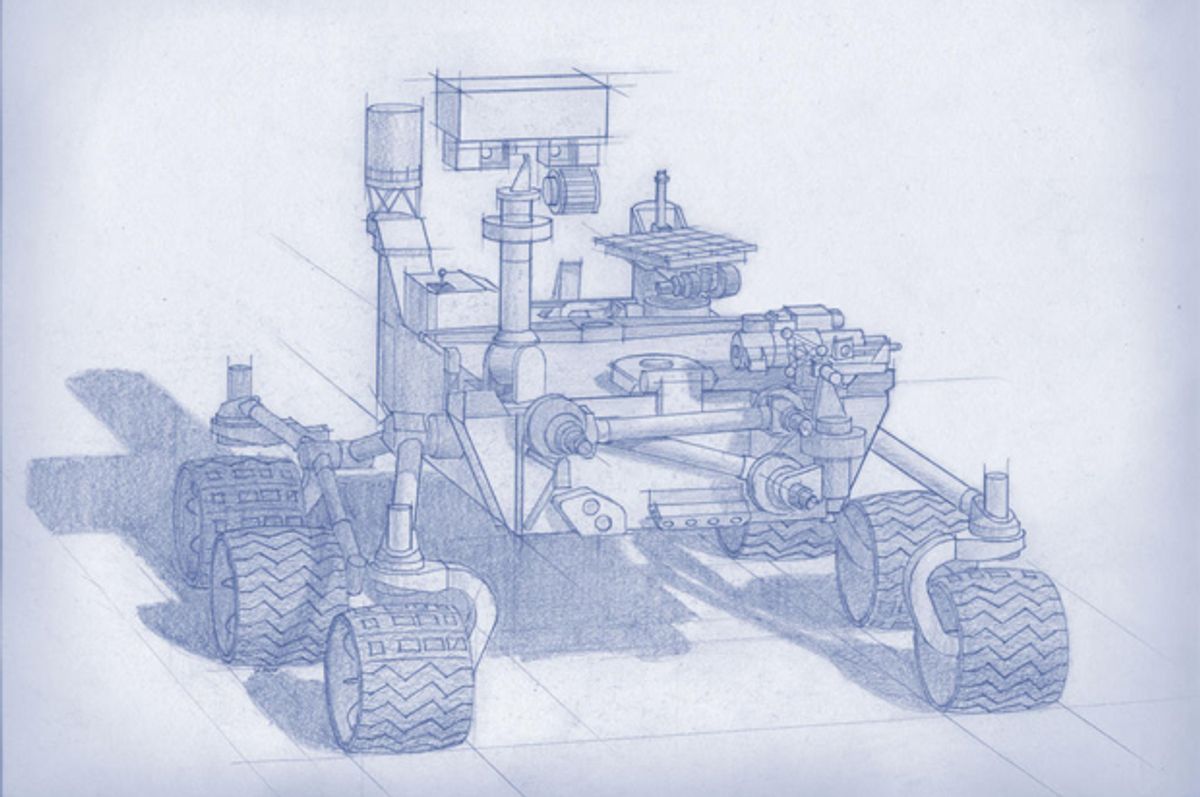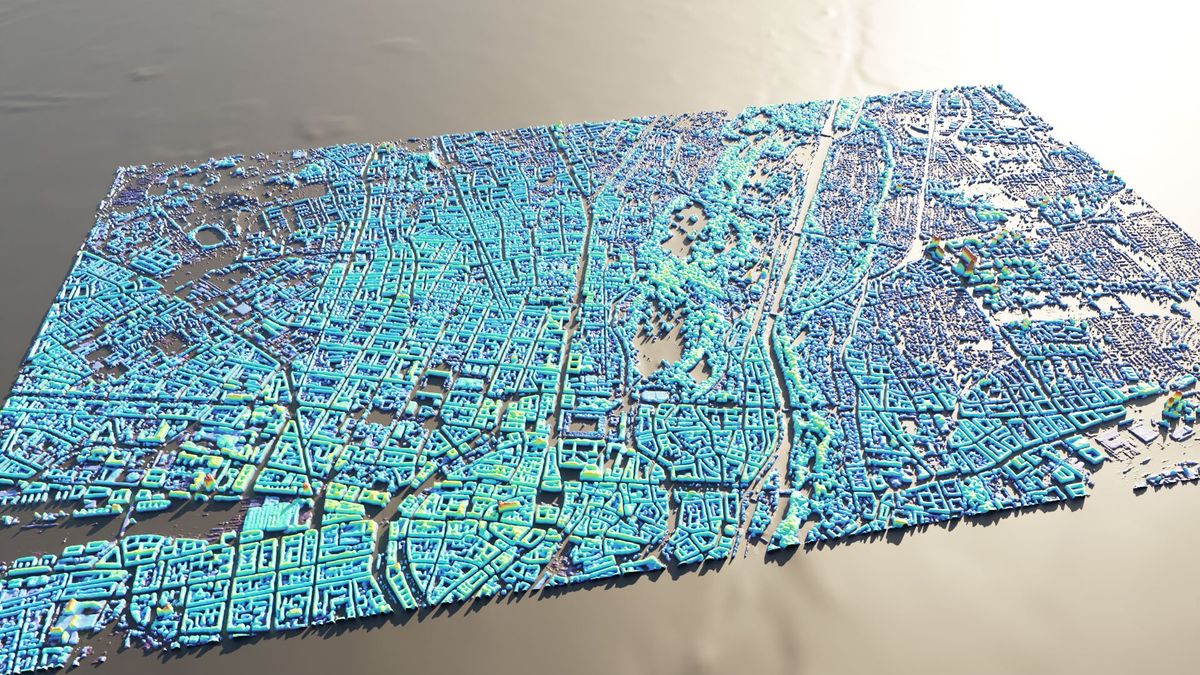Last December, NASA officially announced that it was planning to send a robotic rover to Mars in 2020 as a follow-up to Spirit, Opportunity, and Curiosity. Obviously, we're pretty damn excited. Yesterday, JPL released some details about what they've been working on, and the plans that the Mars 2020 Science Definition Team has for their fancy new rover.
The Mars 2020 Rover is designed to be a follow-up to Curiosity, with a mission targeted at searching for and identifying signs of past (microbial) life:
It's no coincidence that the Mars 2020 rover looks a lot like Curiosity. The Mars 2020 Rover (I'm just going to go ahead and start calling it M2020) is based entirely on the Mars Science Laboratory (MSL) "Curiosity class" platform, and the primary differences are going to be in the science payload. The biggest difference that you can spot in the above artistic rendering is the absence of the butt-mounted radioisotope thermoelectric generator, but JPL will likely fly another one on M2020, it's just not for sure yet (and other power sources, including solar, are under consideration).
Here's where we'll be seeing the primary differences between MSL and M2020:
And here's what's probably going in all of those spots, with specific instrumentation open to proposal:
One of the highlights of M2020 is definitely going to be the drill and sample cache system. The idea is that the rover will take 31 different rock samples on the surface of Mars, seal them up, and then store them for later retrieval, maybe in the late 2020s or 2030s.
So far there's no speculation on just HOW these rocks would be retrieved back to Earth, but we're assuming it would be with robots, 'cause humans likely won't be on Mars until a bit later than that.
The other important aspect of the Mars 2020 mission is the landing, and it sounds like it's going to be another harrowing skycrane adventure, albeit with updated instrumentation that should allow for a much smaller landing target. Between you and me, I'm still amazed that that whole crazy system managed to work flawlessly, and I'm already worried that pushing for two in a row is just a little bit optimistic. But either way, we're already planning to camp out at JPL to see all of this happen, and mark your calendars for the M2020 landing in either January or March 2021.
[ Mars 2020 ]
Evan Ackerman is a senior editor at IEEE Spectrum. Since 2007, he has written over 6,000 articles on robotics and technology. He has a degree in Martian geology and is excellent at playing bagpipes.






